The late film critic Roger Ebert once observed that ‘nine out of ten children’s movies are stupid, witless, and display contempt for their audiences, and that’s why kids hate them’, which seems terribly unfair but which is also probably true. Properly great children’s cinema is not just rare, it is close to non-existent. The good ones need to be cherished. Dragon Princess, released in its native France as Princesse Dragon, is worth your time and love. The film begins with a lonely dragon, who makes a pact with a frog sorceress to have three children of its own. The first two young dragons are reptilian enough, but the third – which it names Bristle – is a somewhat feral human child who runs on all fours and is covered with an enormous patch of bright green hair. Bristle is warned not to approach humans, who are violent and barbarous, but her curiosity gets the better of her and leads to an adventure with a human princess in the outside world.
It is a lovely, cleanly defined story, as charming as it is simple, and it is that combination – simplicity and charm – that makes this such a delight. It is screening in Australia at the Children’s International Film Festival (CHIFF). It is being presented with its original French dialogue with English subtitles, which is a win for cultural authenticity but perhaps a loss for much of its target audience. If you have or know a younger viewer who can read and who appreciates animation, or if you’re an animation enthusiast yourself, this is quality stuff that is very much worth your time. Directors Anthony Roux and Jean-Jacques Denis are hopefully very proud of what they have achieved.
It is enormously tempting to describe Dragon Princess as Miyazaki-esque, not because it particularly resembles animation master Hayao Miyazaki’s iconic aesthetics but because it shares a similar enthusiasm for strong female characters, ecological themes, and – in one key scene at least – an awful lot of food. Where they differ is not just in setting – Dragon Princess understandably has a very European slant to it – but in animation style. Roux and Denis have a distinctive and simple technique. Superficially it seems rather childlike, but there is a lot of hidden depth to it. Character detail is deliberately inconsistent; it all depends on the importance of the scene and the emotion of any given moment. All up, it is a wonderfully unique style that screams ‘storybook’ much louder than ‘anime’.
The film is packed with engaging characters beyond Bristle (Kaycie Chase) and Princess (Lila Lacombe). There’s a vain Duke Albert (Thomas Sagols), a loyal and pragmatic servant named Mimi (Edwige Lemoine), and the most personality-filled horse since Disney’s Tangled.
Now that American commercial animation has all-but-abandoned traditional cel art, it is always a pleasure to see the form be utilised elsewhere around the world. Dragon Princess makes the best of both worlds, using CGI to give key sequences a terrific sense of depth and motion, and to apply painterly textures to the film’s backgrounds. The characters appear much more simple and hand-drawn against such backdrops, but it is a contrast that works. The simplicity also enables some excellent emotion on the characters’ faces. This is a simply wonderful film.
Dragon Princess is currently screening in Melbourne at CHIFF 2023. Click here for more information.
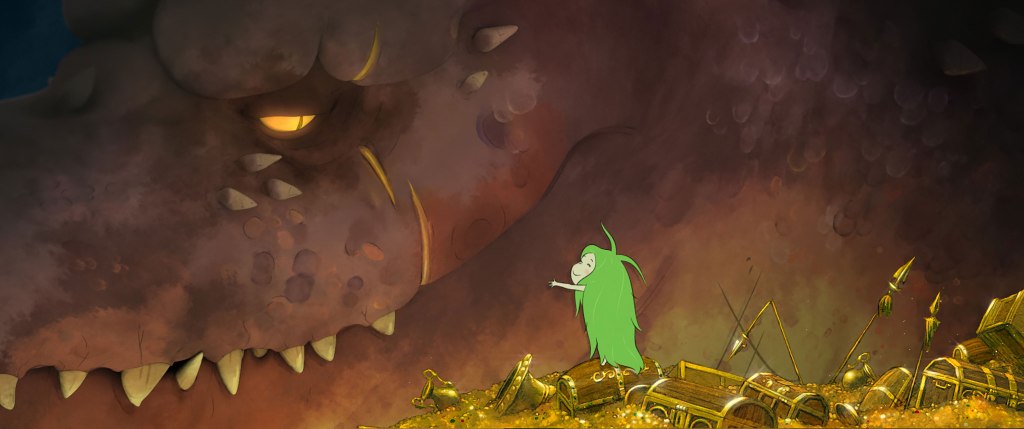
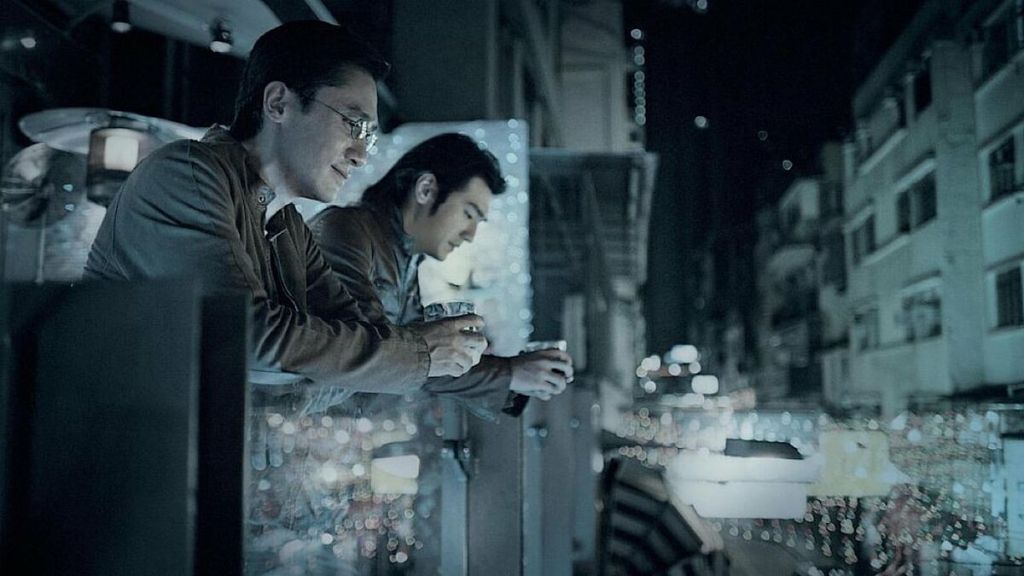
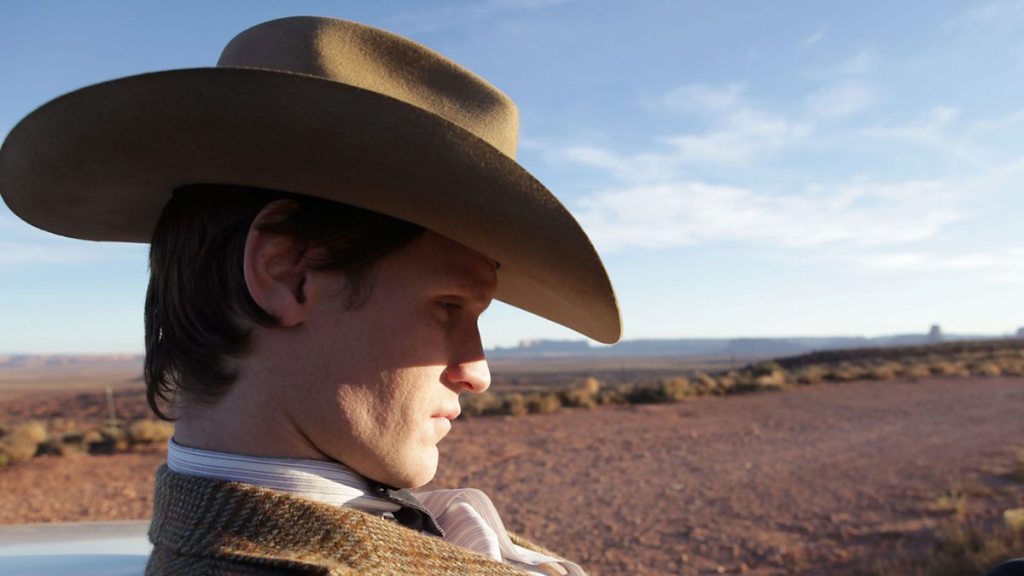
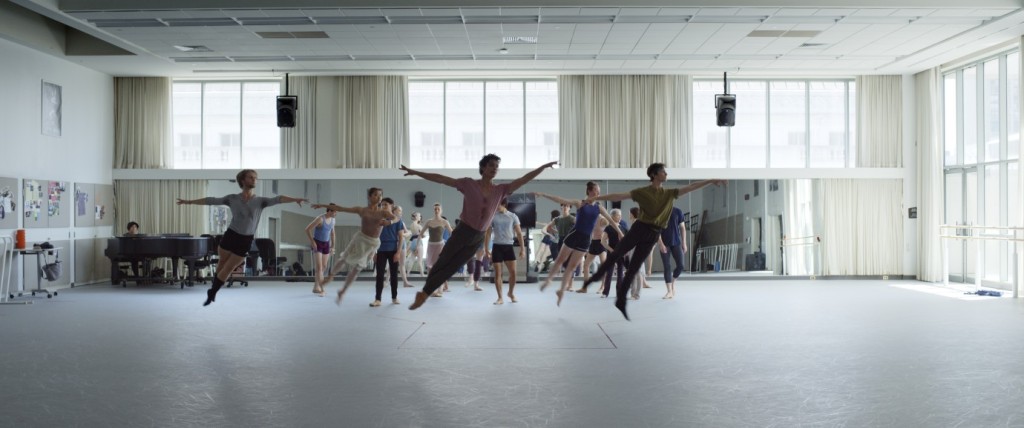
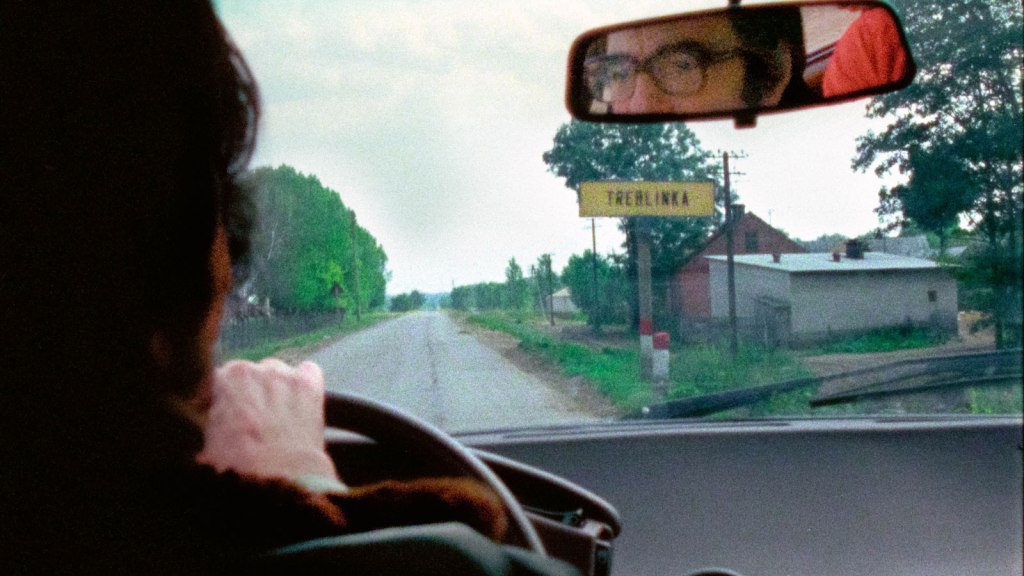
Leave a comment